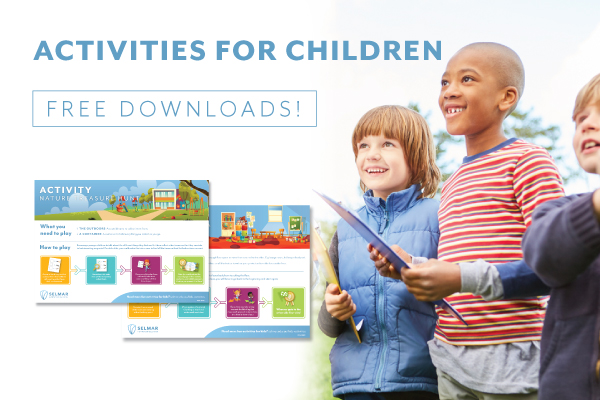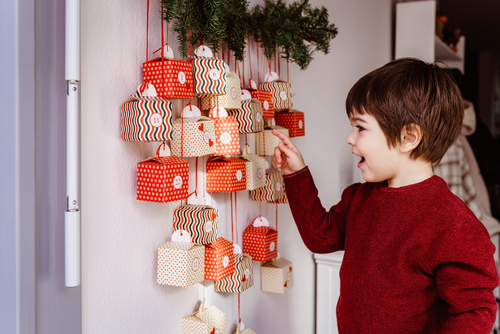As parents take on roles as educators, and educators are educating both at work and with their own children at home, it is unsurprising that the COVID-19 pandemic has proven to be a stressful time for many. Currently, moments of peace and quiet may seem few and far between, and productivity and patience increasingly challenging to find.
It may sound simple, but introducing quiet time for children into each day could be a useful strategy for adults to take a break while children gain many benefits.
What is quiet time
Not to be confused with nap time, which children usually stop having between the ages of 2 and 5-years, quiet time is just as its name suggests – a period of time to be quiet and relax.
Self-regulation is often a challenge for children and it is common for them to continue to play and be active even when they would probably benefit from some rest or relaxation. Creating space in the day for quiet time ensures children have time to rest and recharge, delivering many benefits for wellbeing, behaviour and development.
Benefits of quiet time aren’t just for young children – children of all ages can reap the rewards, and parents and carers can also get a break to be productive or maybe just have some quiet time of their own. This is especially useful if you’re currently working from home.
Benefits of quiet time
Quiet time has many rewards for children, but let’s look at just a few.
1. Improves learning
Many childhood development experts agree that a child under five can usually focus for no more than approximately 15 minutes. Rather than push through, taking regular short breaks and making some of them quiet time to restore calm and clarity can ensure children are better equipped to get the most from their learning experiences.
2. Increases independence
Quiet time should be unstructured for the most part. This can give children a chance to work on their sense of independence and find what works for them.
3. Encourages reflection
A quiet moment is perfect for unpacking thoughts, setting aside any stresses and reflecting on the day so far. In a fast-paced world, slowing down and reflecting is a must.
4. Enhances creativity
According to research, quiet time – and even boredom – can enhance a child’s ability to think more creatively. After all, there’s nothing like daydreaming up a great new idea.
5. Promotes mindfulness
Mindfulness is a valuable tool that has lifelong benefits for children, encouraging them to be present in the moment and feel better equipped to handle anything life throws their way. Take a look at our free guide to teaching mindfulness to children.
How to incorporate quiet time
Quiet time doesn’t have to look one certain way. The age of the children, time of day, weather and other factors can affect how it is approached. Ultimately it is up to you to guide this. Some suggestions could be:
- Getting comfortable in a reading area
- Playing with quiet toys (place a selection in a basket)
- Listening to music in a cosy space
- Doing some meditation or yoga
However you approach quiet time, it’s best to start with 15 to 20 minutes and build from there. A clock or timer is a useful tool to help guide children. Don’t forget to praise children for their great work – this will contribute to making quiet time a positive time of the day for everyone.
If you would like some more ideas for how to keep children busy while inside, take a look at our free activity flyers for plenty of fun!
Get in touch for more information on our training and courses.





